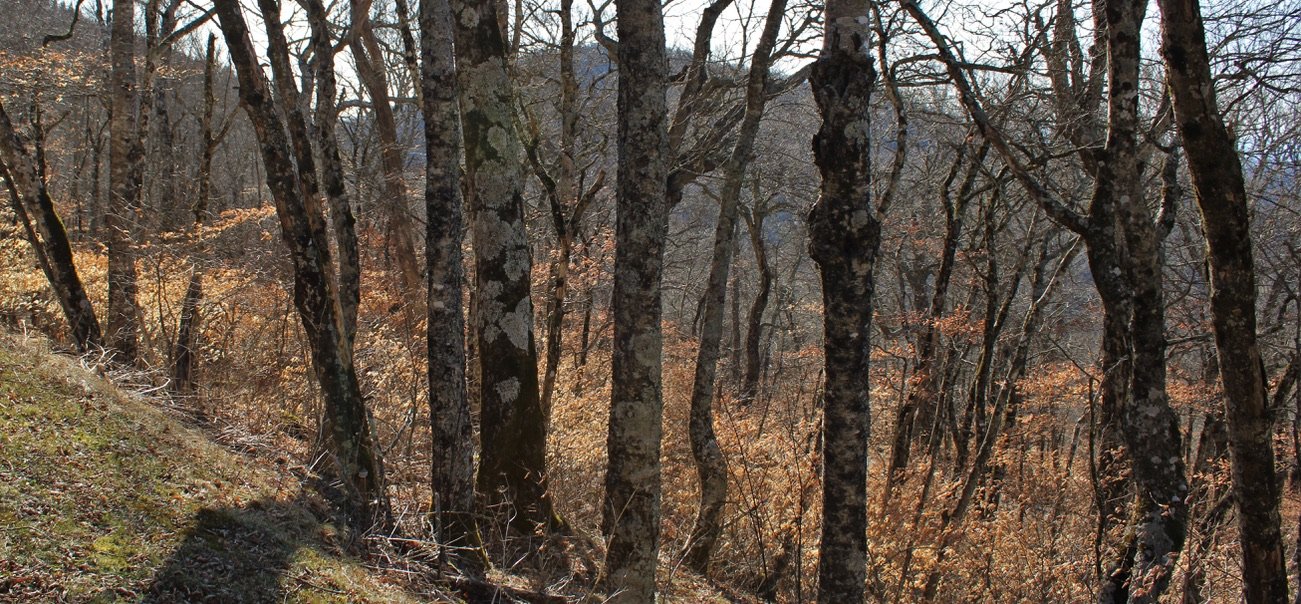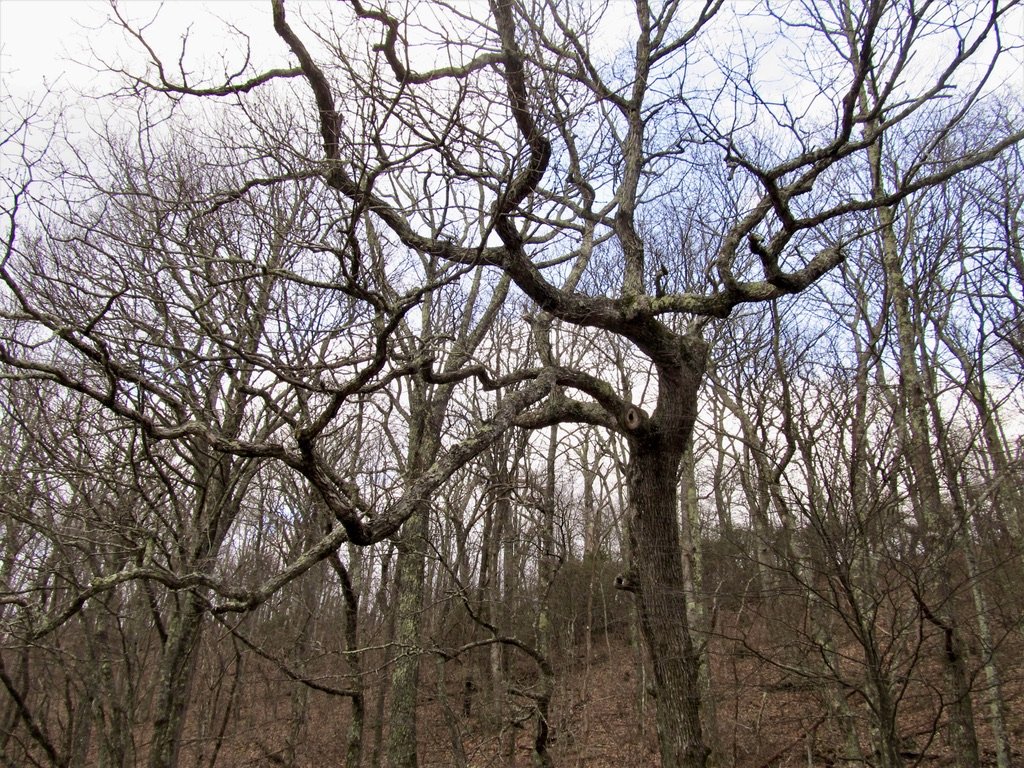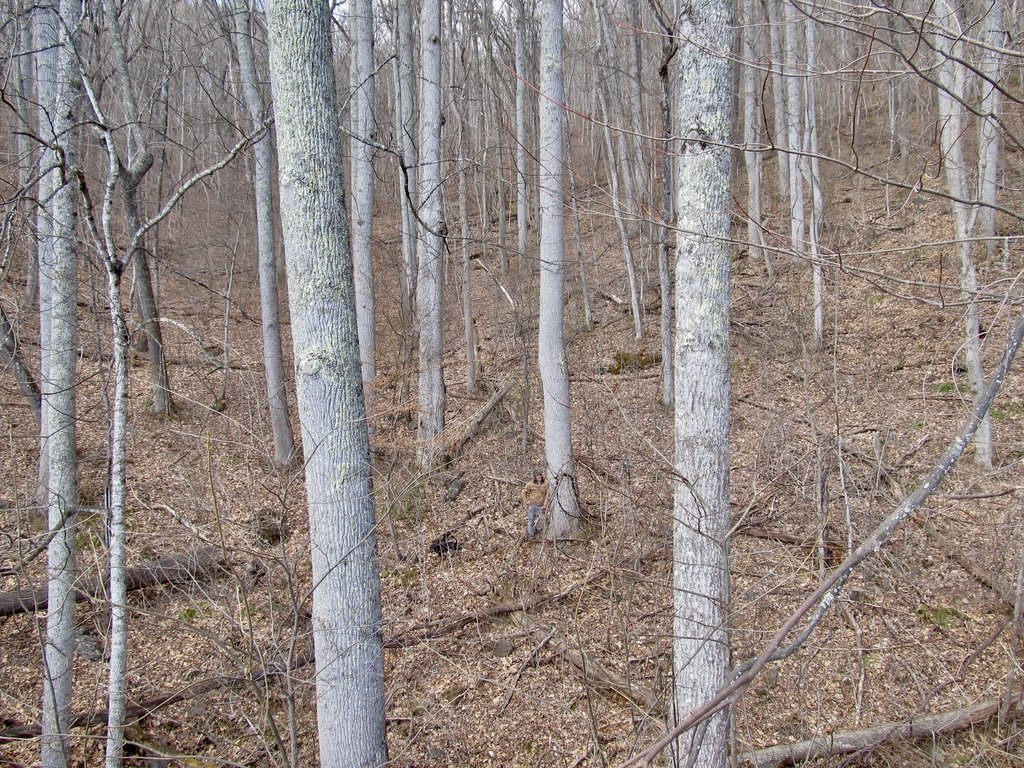February
Legend has it that the ancient Romans originally used a ten-month calendar, and winter was considered a period without months. After a while people apparently realized this was an unwieldy and not altogether sensible way to go about organizing a calendar, so two months were added, and these became known as January and February. At first February was considered the last month of the year, but after a reorganization it became the second. This is a sobering possibility to contemplate, because one wonders how unassuming little February would have fared if given the annual role now associated with December. Would all the notice that comes with being the final month of the old year, a time of both wistful recollection and celebratory anticipation of a rebirth to come, have gone to February's head? We will never know.
It is not difficult to conceive of January and February as siblings; twins, in fact, although not identical twins. Together these two months comprise the bulk of wintertime in the Northern Hemisphere. The calendar tells us that winter begins about three weeks into December with the winter solstice and ends about three weeks into March with the vernal equinox. This system of parceling out the seasons is based on the earth's relationship to the sun. But meteorologists have their own idea about it based on weather patterns. They claim that meteorological winter is comprised of the months December, January and February, because those calendar months typically have the lowest average temperatures. Whichever way you slice it, February, along with January, is firmly within winter's frosty domain. The second month of the year has the advantage over its very similar predecessor, however. January follows in the wake of December's merry-making and thereby suffers in comparison. People are ready for a new month by the time the first calendar page is turned over, because January seems interminable and winter is starting to wear out its welcome. February, just by not being January, lets you know you are making some progress in getting through the winter. Not only that, but while January is thirty-one days long — as long as any month gets to be — February is usually only twenty-eight days, or at most twenty-nine when it's a leap year. That makes February the shortest month of the year, and the only month with a variable length. It is also the only month in which it is possible sometimes to have no full moon, and the only month that is sometimes comprised of four entire weeks. Distinctions like these put February in a class by itself.
Allow us a moment to dwell on the leap year concept, a phenomenon exclusive to February. A leap year consists of 366 days, instead of the standard 365. The extra day is added every four years in order to keep the calendar in sync with the astronomical year, because the earth's trip around the sun does not happen in a whole number of days. The solar year is 365.2422 days long. After a while those .2422 days start adding up. If the accumulation were allowed to go on unchecked, eventually the seasonal calendar would get out of whack. One way or another an adjustment mechanism has to be employed, or February could end up being part of summer.
As it is, February remains part of winter, but it is the latter part of the season and so its advent offers hope that spring is not far off. In fact, in these parts the first blooms of the year often show themselves sometime this month. This occurs in the cultivated landscape, where exotic favorites like winter jasmine (Jasminum nudiflorum), lenten rose (Helleborus orientalis) and crocus (Crocus spp.) are usually the first garden flowers to appear. In the mountain forests of Western North Carolina, trout lily (Erythronium americanum) and Oconee bells (Shortia galacifolia) are among the earliest native plant harbingers of spring, but only in the mildest of winters do they show up in February. Native mountain species typically know better than to come out too soon and risk being killed back by a sudden and near certain return to winter conditions. Mild February weather ought to be enjoyed when it occurs, but it is best if it doesn't happen too often, and it shouldn't last too long when it does. The cold keeps plants dormant, and in February it is best for most plants to be that way.
A walk in the February woods is a fine thing, even without any flowers to see. It is an excellent time to study trees. Without leaves to obscure the view, large trees can be seen in their entirety from a distance, as can their relationship to neighboring trees and shrubs. The forest stands mostly naked now, so a greater portion of the whole of it can be visually taken in at once, and the lighting is better, too. Each tree becomes distinct, revealed as the individual it is. The different tree species are distinguishable from each other by growth habit and bark features, as surely as they might be identified by their leaves during the growing season. In addition, the structure of individual specimens can be seen and admired, studied with a mind for understanding how each has developed into its own unique image. Looking at trees this way is an essential tool in learning how to style bonsai naturalistically.
A certain ephemeral effect that occurs only once every year can often be observed in February, especially toward the end of the month and in lower elevations. As the length of daylight extends a little every day and the weather gradually begins to warm, sap rises in woody plants and leaf buds begin to swell. Even the largest leaf buds on trees and shrubs are relatively small, but there are a great many of them and as they swell their number makes them noticeable. The effect is subtle, usually appearing like a faint haze of a slightly different color over the fine tracery of twigs in the crown of a tree or the mass of a shrub. Sunlight striking the scene from a lower angle early in the morning or late in the afternoon can highlight the effect and make it more prominent. It is a small thing, a quiet thing, a detail that has to be looked for if it is to be noticed. But it is a heartening thing, a promising thing, a reminder that life ebbs and flows and the flowing is soon to begin.
Winter activities regarding both the bonsai collection and the bonsai garden continue through this month. A vast amount of copper and aluminum wire is currently being wrapped around bonsai twigs and branches, which are then shaped to enhance their character and bring them into accord with the appearance of big trees in nature. Structural pruning — a critical element in bonsai design — is also occurring now, on as many bonsai as time allows. Deadwood elements are being refined or in some cases newly created. The bases of all the bonsai specimens are being cleaned up, scraped free of any moss attempting to climb up the trunk. Cleaning and grooming of the ground plane on specimens not due for repotting happens now too, and in general all sorts of detail work is done in February in preparation for when the big show begins again in spring.
Getting the bonsai garden ready for another display year takes every bit as much work. On almost any day when the weather allows, the bonsai assistant is hard at it in the garden, thinning out and pruning, fertilizing and mulching. The bonsai garden is a unique horticultural showcase, in which the standard is excellence and expectation is always at a high level. During the growing season, management of the intensively detailed garden landscape is demanding, but the work done in February when the plants are dormant is no less important. Just as with the bonsai, the preparatory work happening now sets the stage for everything that is to follow.









